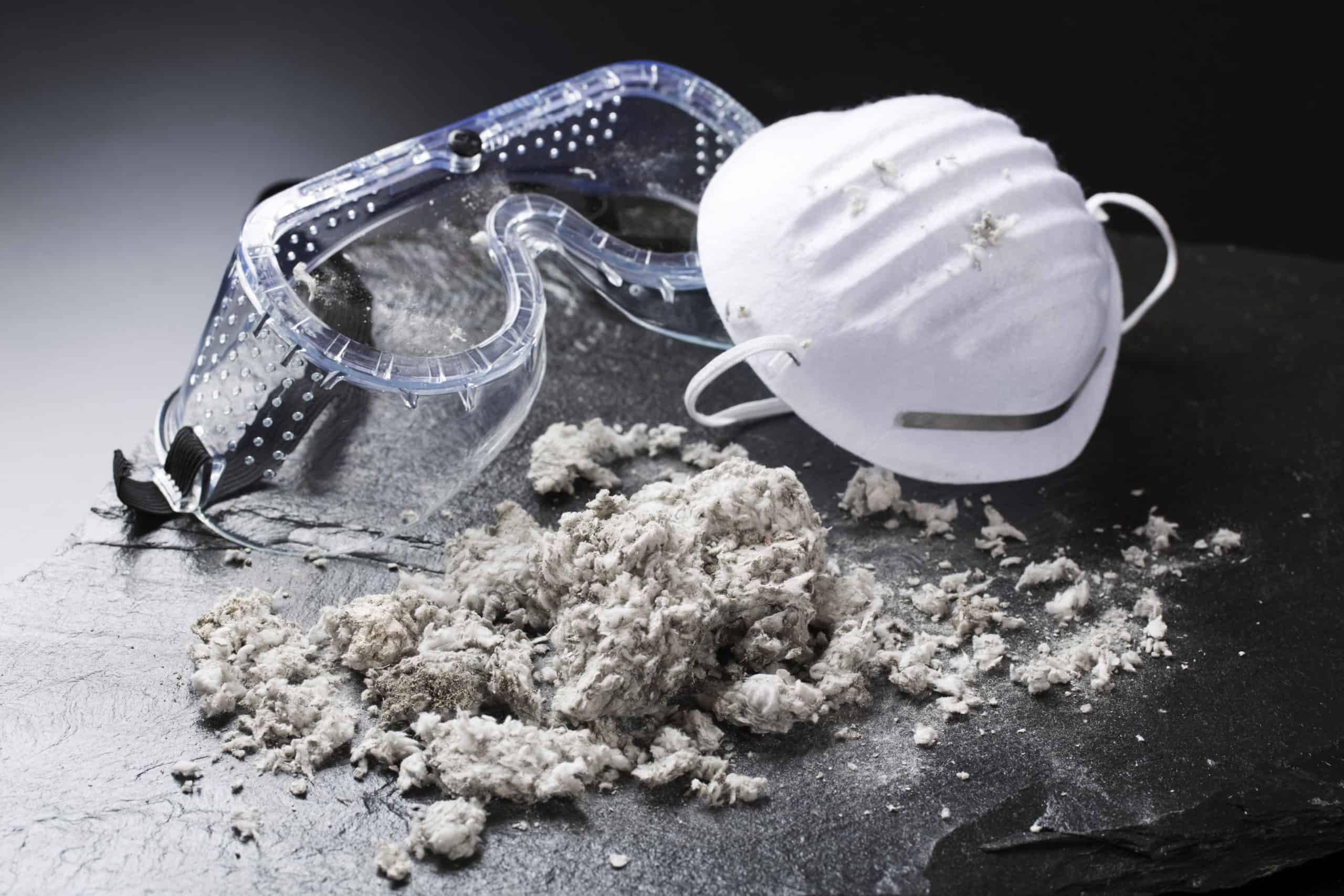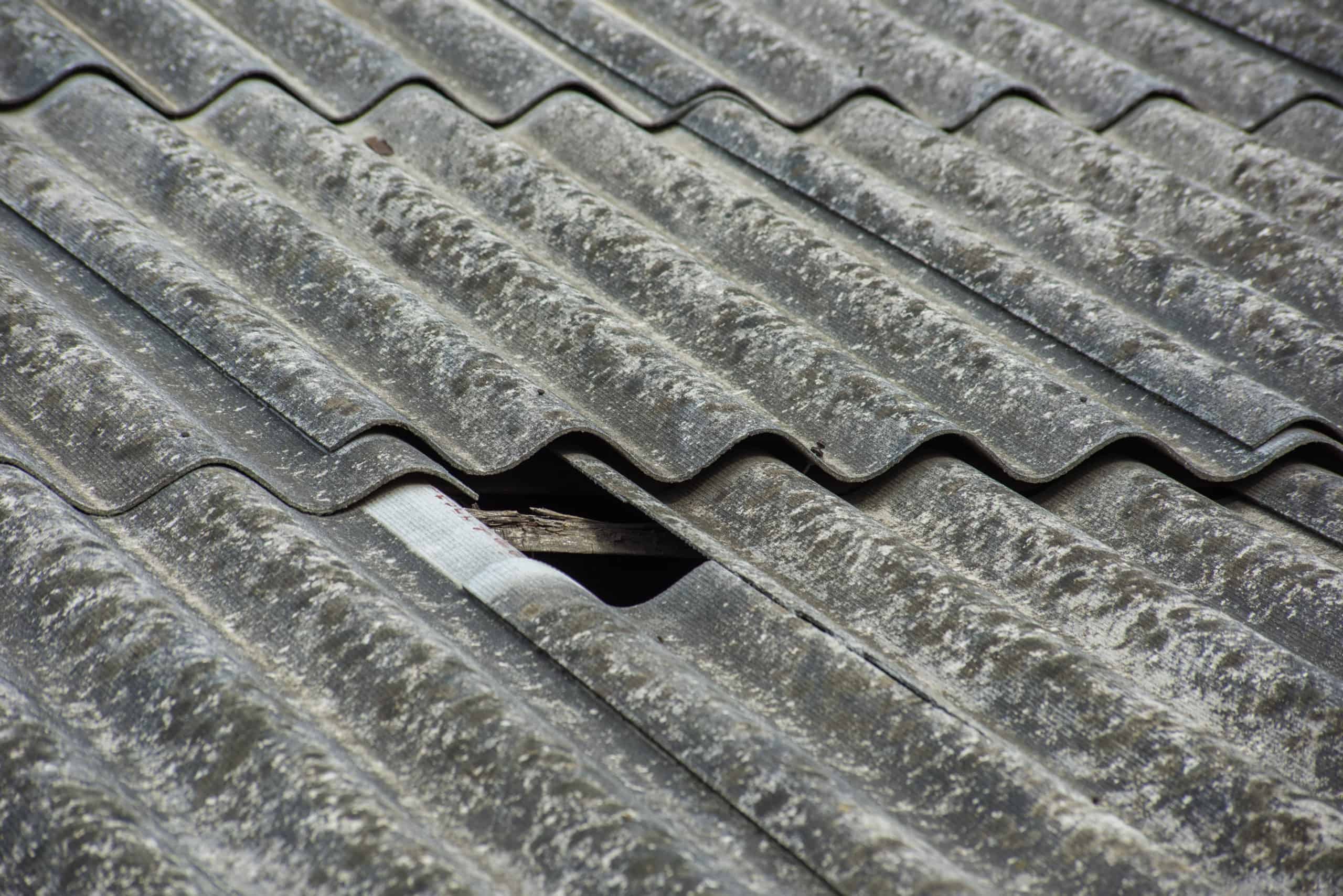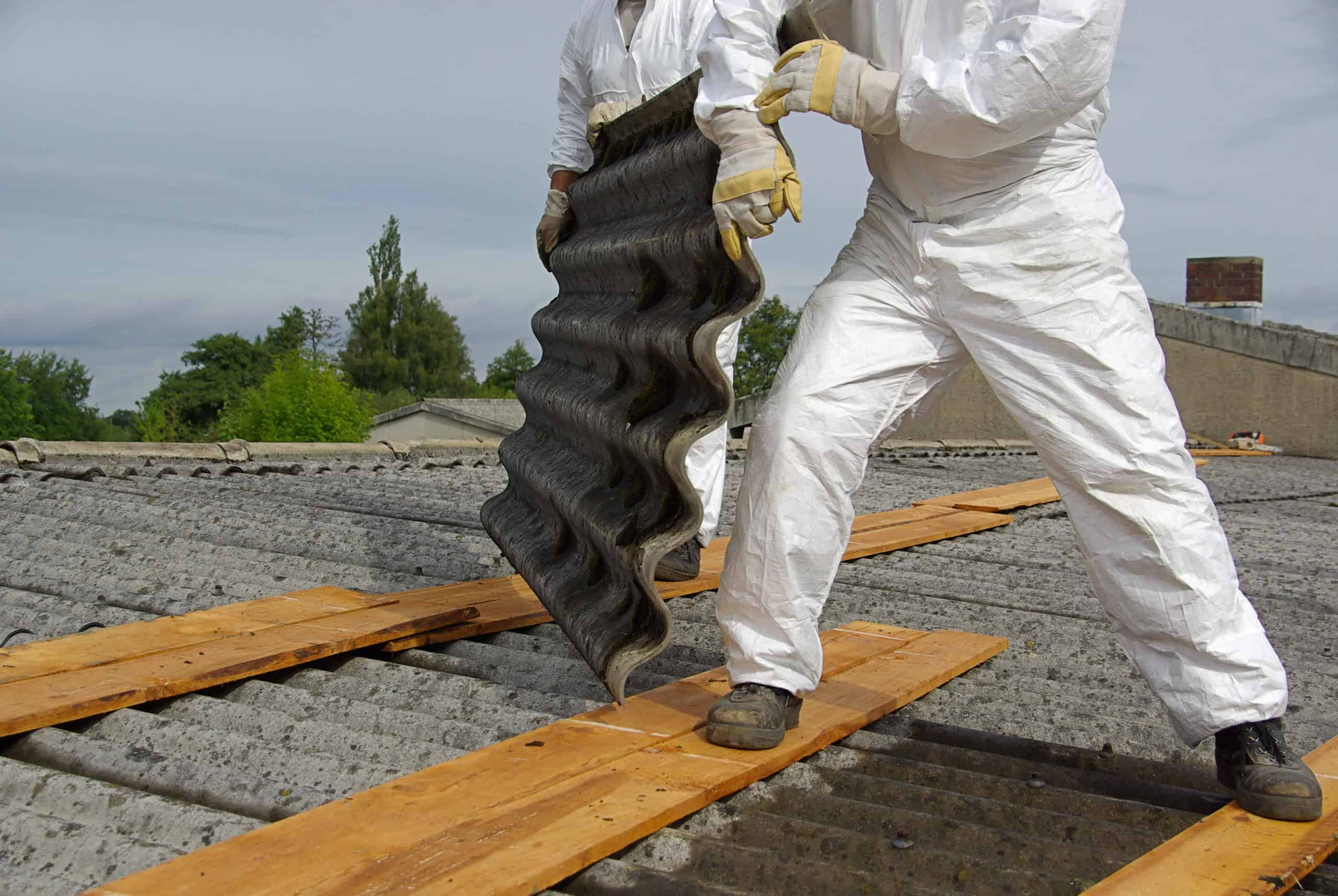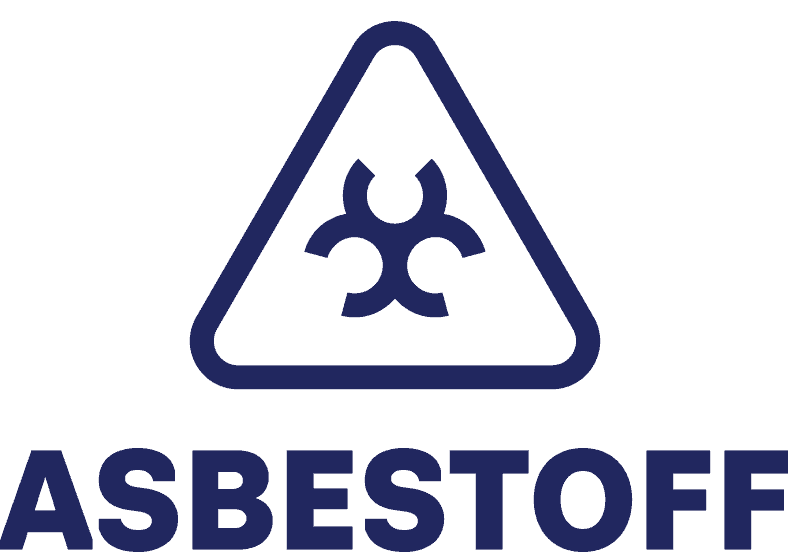Asbestos Roof Replacement Brisbane
ASBESTOFF BRISBANE ASBESTOS ROOF REPLACEMENT SPECIALISTS
Asbestoff, the specialists in asbestos roof removal, cater to the needs of homeowners throughout Brisbane, Queensland, who face the critical challenge of dealing with asbestos roofing. Asbestos, a hazard posing significant health risks, requires expert handling, and that’s where Asbestoff’s experience and dedication come into play. As a fully licensed and trained service provider, Asbestoff ensures safe, reliable, and efficient asbestos removal, allowing homeowners to replace their asbestos roofing without any worries.
Asbestos Re Roofing
At Asbestoff, we don’t just focus on removing the harmful asbestos material; we also take care of replacing your old roof with new, safer alternatives, such as COLORBOND® or ZINCALUME® metal roofing. These top-quality, durable, and aesthetically pleasing materials bring peace of mind and an attractive look to your property. With Asbestoff, you’ll find that our modern metal roofing solutions outshine the old asbestos ones, offering lower maintenance and zero health risks. Furthermore, our asbestos removal services could potentially lower your home insurance costs and increase your property’s value. With over two decades of industry expertise, we provide a 10-year warranty, excellent workmanship, and competitive pricing. We also guarantee a prompt response to your enquiries within 24 hours. Adhering to all laws and regulations pertaining to asbestos removal, we’re committed to ensuring the safety and satisfaction of our customers.
Asbestos in Brisbane Roofs
Relics from the past
Asbestos – a relic from bygone days that still poses a serious threat – was a frequently utilised building material in Brisbane from the early 1940s to the 1980s. The latent dangers of asbestos were unknown during its prime, leading to its widespread use due to its notable properties such as exceptional insulation, durability, and resistance to fire.
Some common roofing materials that may contain asbestos include:
- Asbestos Cement Roof Shingles: These were often manufactured to resemble more expensive roofing materials, such as slate tiles. They were highly durable and fire-resistant.
- Corrugated Asbestos Sheets: Often used for industrial or outbuilding roofs, these sheets were robust and weather-resistant.
- Asbestos Felt: Used under other roofing materials as a type of sheathing or for flat roofs, asbestos felt provided insulation and fire resistance.
- Asphalt Roofing: Some asphalt shingles and roll roofing, particularly those manufactured before the 1980s, may contain asbestos. These were chosen for their resilience and weatherproofing capabilities.
- Asbestos Flashing: Used around chimneys, vents, and other roof penetrations, asbestos flashing was used to prevent water intrusion.
Asbestos Roof Removal
Expert Guidance on Asbestos Roof Removal
Attempting to remove asbestos by yourself is neither safe nor advisable. It is not a task suitable for D.I.Y. enthusiasts due to the substantial health risks involved. Instead, always reach out to a licenced hazardous waste contractor who can professionally assess, test, and subsequently handle the safe removal of asbestos.
Hazardous Waste Management
Specialists in hazardous waste will adhere to stringent guidelines encompassing the secure extraction and disposal of asbestos from your property in Brisbane. The disposal of asbestos-containing material necessitates a special hazardous waste material licence. Only a licenced asbestos removal contractor is authorised to dispose of asbestos at Brisbane Council’s waste disposal facilities. When it comes to managing asbestos removal, your best course of action is always to engage a licenced contractor.



Queensland Asbestos Code
The code of practice for asbestos removal and disposal in Queensland was based on a national guideline and was originally introduced in 2011. Since then, it has gone through several updates with the latest code varied on 1 July 2018.
Friable & Non-Friable Asbestos
Qualified Trades People That Know Roofs
Asbestos-containing materials can be categorised into two main types: friable and non-friable.
- Friable Asbestos: This term refers to asbestos-containing materials that can be easily crushed or pulverised by hand pressure when dry. Such materials are particularly hazardous because they can readily release airborne asbestos fibers, which are highly carcinogenic when inhaled. A friable asbestos roof might have been initially installed as a non-friable one but could become friable over time due to weathering or damage. For example, an old asbestos cement roof may degrade and become friable, releasing dangerous asbestos fibers into the environment.
- Non-friable Asbestos (or Bonded Asbestos): Non-friable asbestos refers to materials where the asbestos fibers are tightly bound within the material, preventing them from easily getting airborne unless they are cut, drilled, or damaged in some way. In roofing, non-friable asbestos materials often take the form of asbestos cement sheets or tiles, which are made by mixing asbestos fibers with cement. These products were immensely popular in the mid-20th century due to their durability and fire resistance.
Contact our team today at ASBESTOFF and start the process of asbestos removal and management in your Brisbane property. Ask about our easy finance options.
Are You at Risk?
Any building that contains asbestos can pose a serious health risk. This film shows where this hazardous material can be found in a typical Queensland home that was constructed before 1990, as asbestos was commonly used as a construction material. Today we have an obligation to remove and dispose of this hazardous material.
The National Strategic Plan for Asbestos Awareness and Management (N.S.P.) was started to eliminate all asbestos related disease in Australia. The N.S.P. ensures that a national safety plan is put in place that is consistent state and territory wide.
Phase 1 of the N.S.P. from 2014–2018. Phase 2, 2019 – 2023.
The second phase of the plan builds on the first to implement strategies and plan to effectively eradicate asbestos from Australian buildings. The plan works alongside businesses, unions, individuals and community groups to coordinate effective asbestos management.

